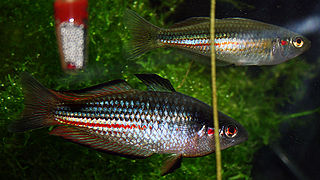 When you and your family go out of town on vacation or for the holidays, one important consideration is who takes care of the pets? You can board your dog or cat, or have a friend take care of them while you’re away with a set of pretty basic instructions for feeding and walks. Vacation fish care may take a little more preparation and training to ensure that your tank is cared for properly and any dire issues are addressed. Generally, depending on the duration of your time away, you’ll want to have a trusted and competent friend come to your home to monitor and feed the tank. Here are some things to consider in preparing that friend to successfully care for your tanks.
When you and your family go out of town on vacation or for the holidays, one important consideration is who takes care of the pets? You can board your dog or cat, or have a friend take care of them while you’re away with a set of pretty basic instructions for feeding and walks. Vacation fish care may take a little more preparation and training to ensure that your tank is cared for properly and any dire issues are addressed. Generally, depending on the duration of your time away, you’ll want to have a trusted and competent friend come to your home to monitor and feed the tank. Here are some things to consider in preparing that friend to successfully care for your tanks.
Feeding
Feeding is probably the first thing people think about when you think about leaving your fish for a few days. If you’re going away on a short weekend trip, chances are your tank will be fine without feedings, unless you’re keeping fry or some other “special needs” class of fish. If you’re going to be gone longer that 2 or 3 days, you’ll want to either invest in an automatic feeder or vacation food blocks, or leave detailed instructions with your tank-sitter on what, when, and how much to feed. Generally a few pinches of community food will be enough, but it may be much more complicated with a large reef aquarium or one stocked with various specialized feeders. If you have a complicated feeding regime, or if you’ll be taking an extended vacation, it’s probably a good idea to print a detailed list of instructions on feeding as a reference, and to go through the process at least once with your sitter in person to prevent overfeeding and other mishaps. Read More »
 That Fish Blog – Aquarium Advice and Information
That Fish Blog – Aquarium Advice and Information




